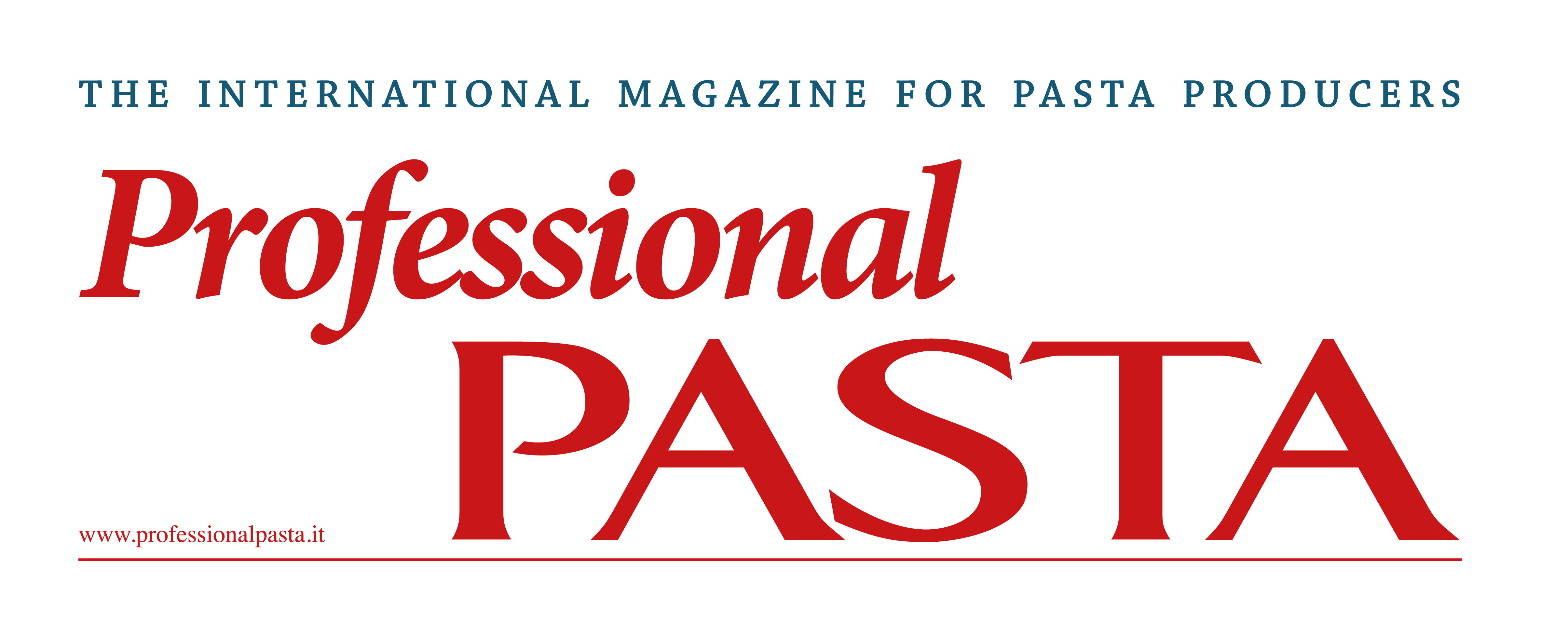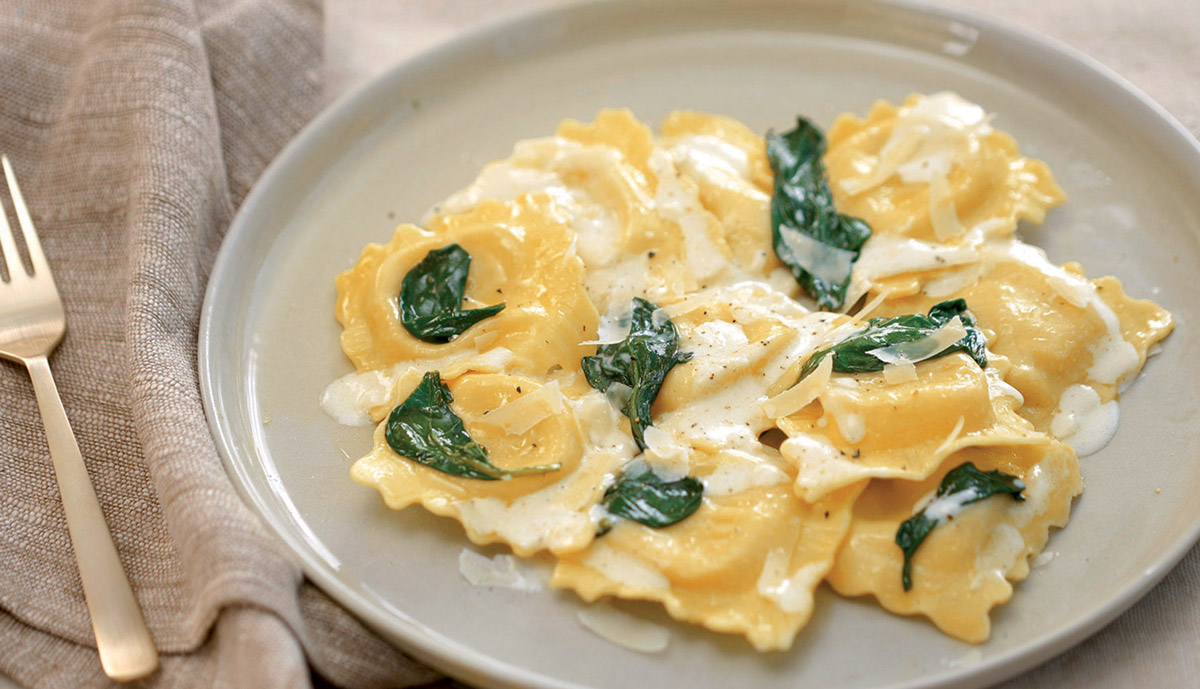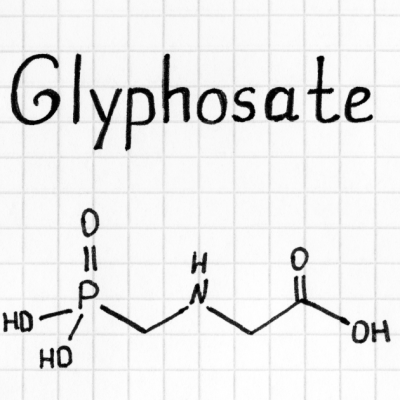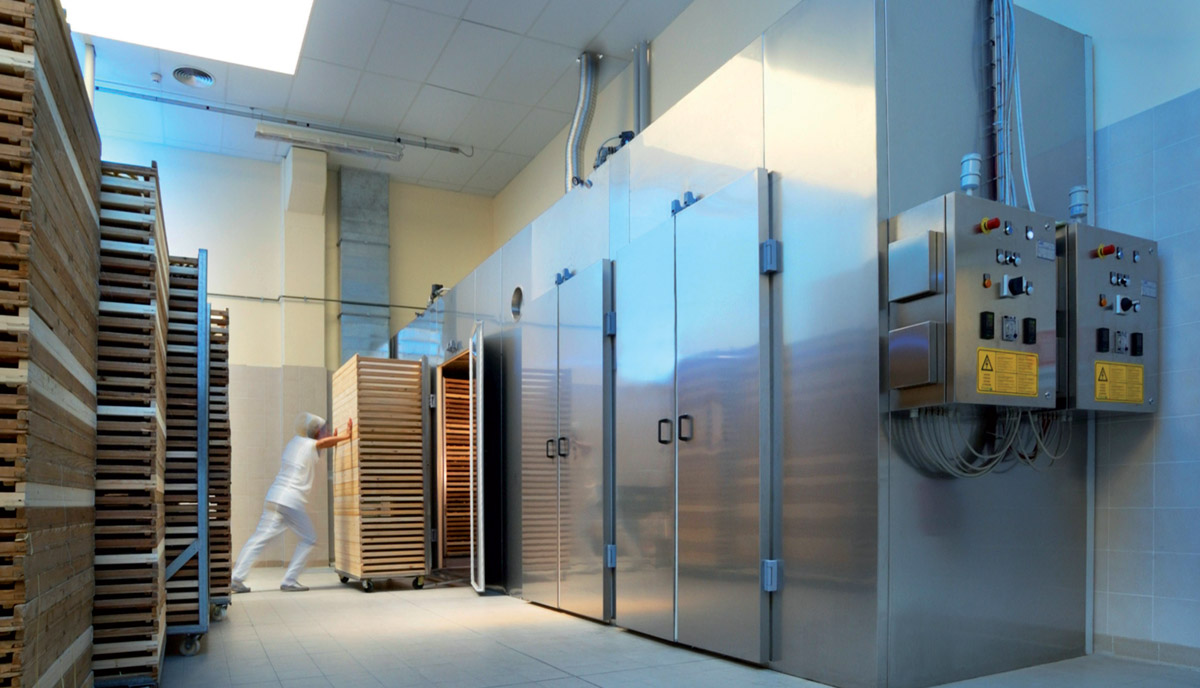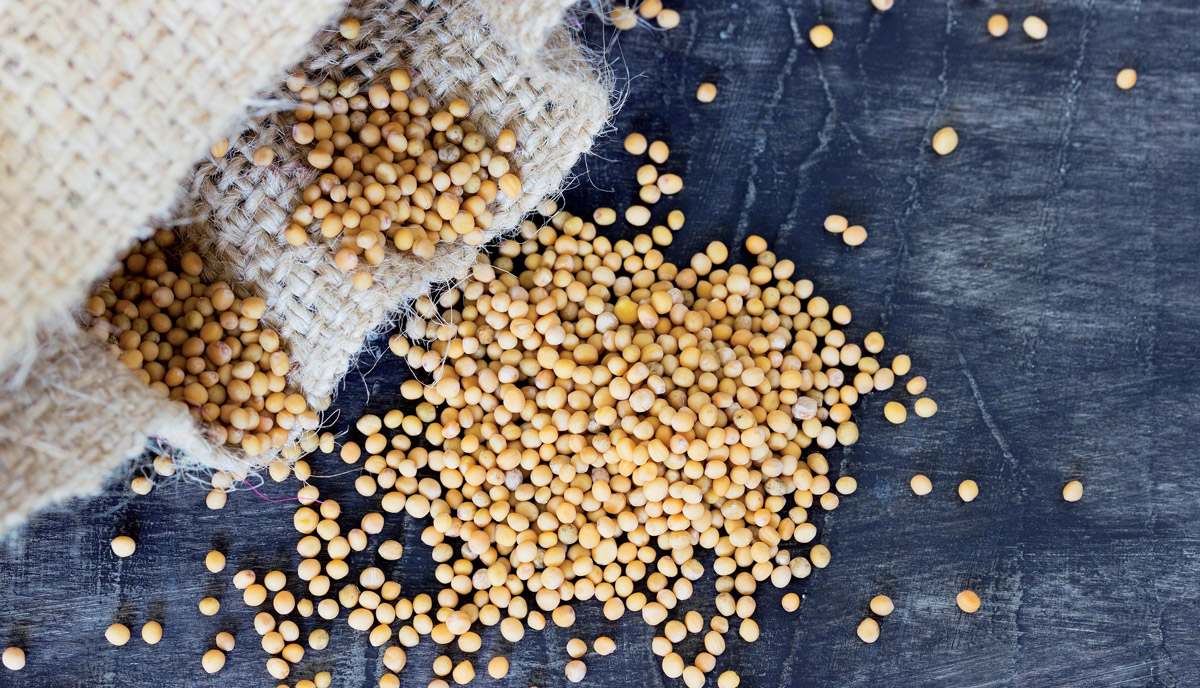Bacillus cereus in fresh pasta products
Fresh pasta and fresh filled pasta products are only apparently simple foods, because they contain only flour, eggs, water (and some other ingredients in filling, of course). In fact, due to their composition and the production process, fresh pasta is a wonderful harmony of ingredients based on a delicate balance of chemical compounds as well various kind of microorganisms. When giving the dough, we mix the various ingredients, we assemble them and we shape them in various forms, but at the same time we associate and mix bacteria, yeasts and molds.
An allegedly guilty foodborne pathogenby
This microbial “tutti frutti mix salad” is the microbial flora or the microbiota of our fresh pasta. This microbial flora can be present in the finished product in more or less high charges: from less than 1,000 to over 1 million Colony Formant Units (cfu) per gram of food. We can identify this number in the so-called Total Viable Count (TVC). 90-95% of this microbial load generally consists of a blend of bacteria, yeasts and molds in varying percentages of species, but all these microbial genera share one characteristic: they are all microorganisms with quite no metabolic activities, which do not good or bad for the food product. Their fate is to die with the final cooking of the pasta.
Subscribe to the magazine to read the full article

